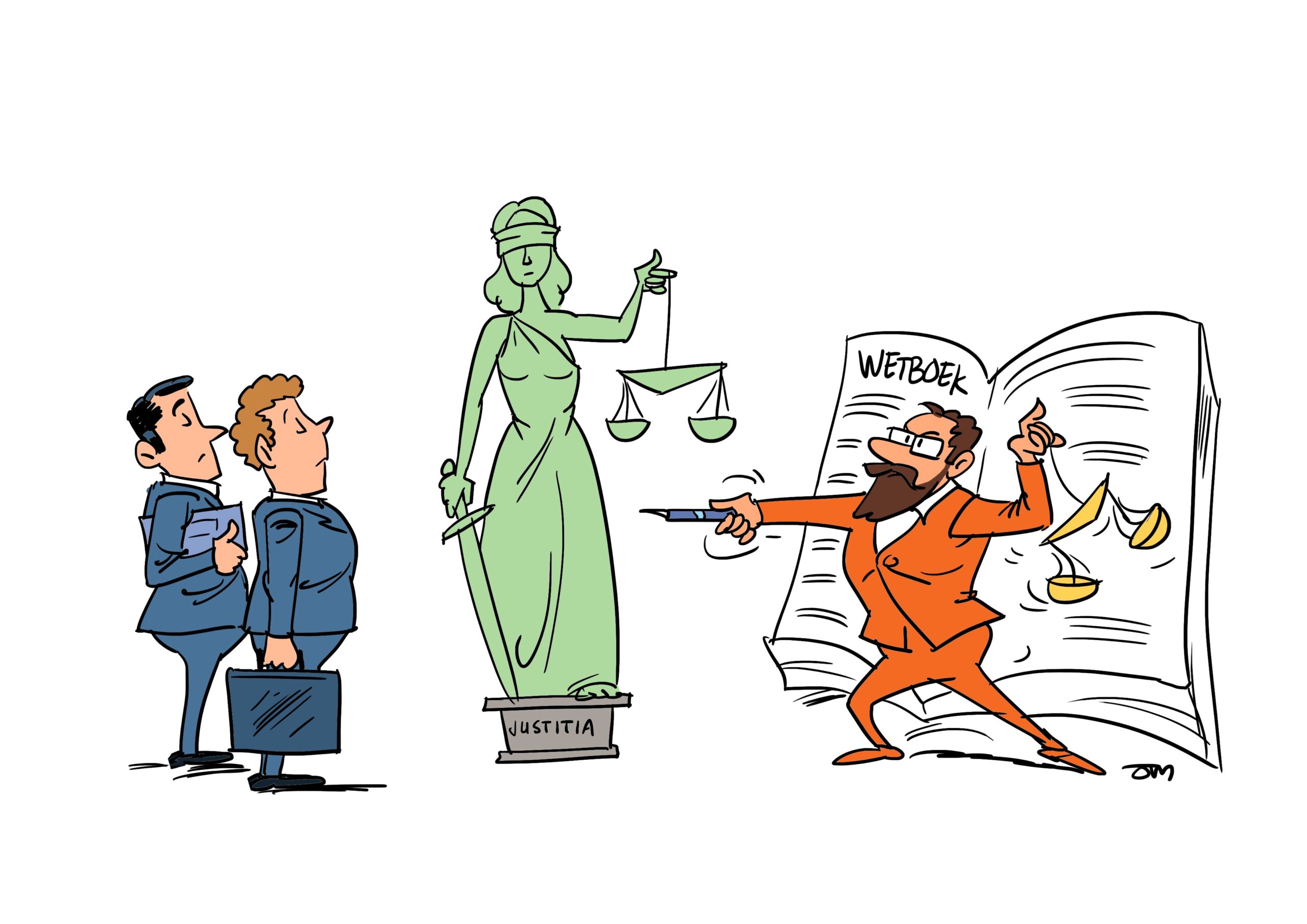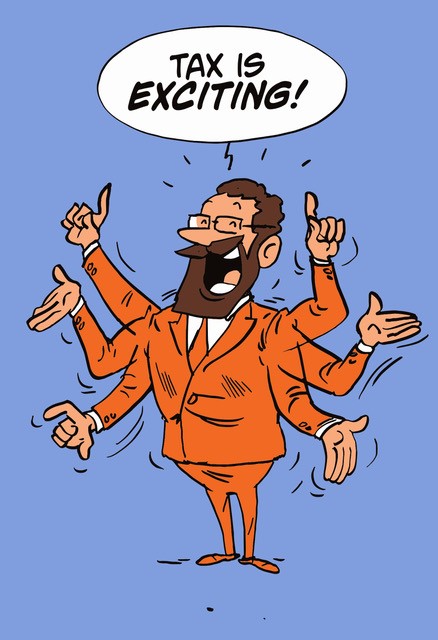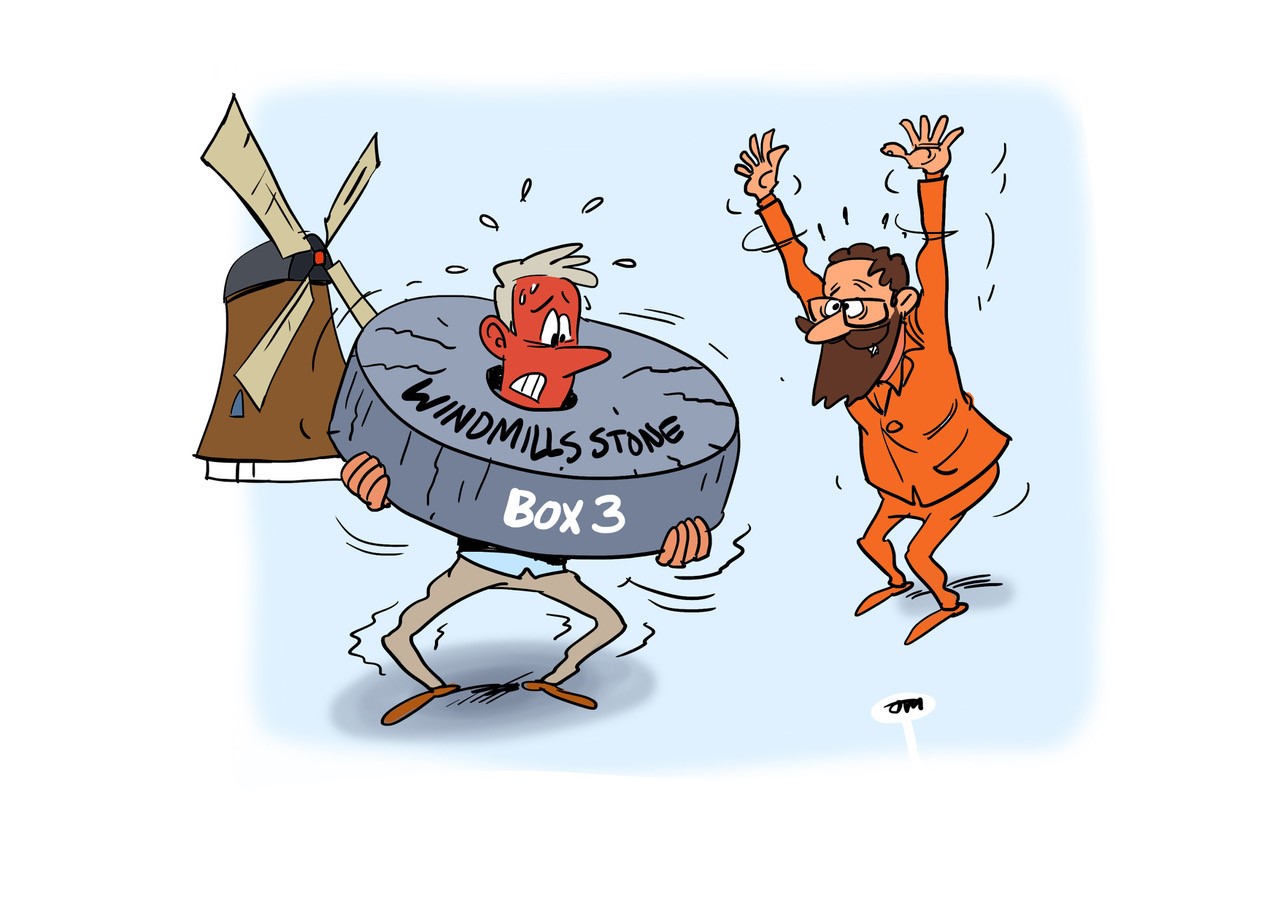In 2001 a new income tax system was introduced in the Netherlands. This introduction terminated the until then known wealth taxation. Introduced was Box 3 income tax, a new name for the same type of tax: wealth tax.
Box 3 income tax
In the Netherlands we have boxed the different types of taxation in the income tax. In Box 1 you find the sources of income and the deductions on these sources of income. The progressive tax rate is applicable in this Box with a current maximum rate of 52%.
In Box 2 is taxed the income from companies. Dividend payments, deemed dividend payments and other more technical aspects are taxed in this Box at 25% income tax.
Box 3 is taxed the world wide wealth a person has. World wide wealth is for instance the balance on your bank accounts, shares, stocks, options, cash in the house, receivables, real estate not being your main residence, trust funds.
How is Box 3 tax calculated?
In the days of 2001 a 4% interest rate on your savings was not a too bad interest, but it could be better. This made the tax office create the following taxation.
The tax payer presents all of his or her world wide assets. From the total amount is deducted the tax free amount, being EUR 21.330 (2015). The world wide assets is a combined amount of both tax payers, if you have a tax partner. If you have a tax partner, the tax free amount is double, being EUR 42.660.
The tax office then assumes you made 4% over these assets. The outcome of that amount is taxed at 30% income tax. That is how Box 3 income tax is calculated.
Example Box 3 calculation
You have in your bank account EUR 24.000 and the bank paid you EUR 216 interest for the full year. You own a house in the Netherlands that you rent. You purchased that house for EUR 340.000, you took out a EUR 300.000 mortgage and the current WOZ value is EUR 320.000. WOZ stands for the value the county where the house is residing estimated it for based on the purchase and sale prices in the neighborhood.
You add the EUR 24.000, plus the WOZ value of EUR 320.000, then the assets value is EUR 344.000. The debt value of EUR 300.000 is reduced with a threshold amount of EUR 3.000 to a debt of EUR 297.000. The assets of EUR 344.000 minus EUR 297.000 is a tax base of EUR 47.000. This amount is reduced with the tax free amount of EUR 21.330 to a taxable amount of EUR 25.670.
The EUR 25.670 is supposed to have yielded 4% being EUR 1027 over which is due 30% income tax, being EUR 308. In other words, the EUR 25.670 is subject to 1.2% tax.
If you have rented the WOZ EUR 320.000 house for a too low rent and the rent contract cannot make the tenant leave, the lower rent amount could reduce the EUR 320.000 to an lower amount. The max reduction is 85% of the WOZ EUR 320.000, being a reporting value of EUR 272.000.
What is the wealth tax crisis with this Box 3 income tax calculation?
In my example you might have noticed that I used the current interest rate of 0,9%. That said, if you only have bank balances and the amount is for instance EUR 70.000, you could have had an interest amount of EUR 630. The Box 3 income tax rate over this amount is EUR 70.000 minus the exempted amount of EUR 21.330 is EUR 48.670 times 4% times 30% is EUR 584.

In other words, the Box 3 taxation under the current interest rates is nearly 92% of the possible yield on income.
Dutch tax residents now complain about this rather high tax rate. This is fed by the remarks made when this rate was introduced in 2001. Then was explicitly stated that the 4% assumed interest was not a permanent percentage, if rates would go up, this amount would go up as well. In 2001 nobody every would have suspected that the rate could fall significantly as well.
The tax office actually should have adjusted their assumed interest rate to the current market rates, but then there is a budget issue. That said, the yield of the Box 3 income tax is not such, that it is regarded an important source of income for the Dutch Government. Better said, if the rate was to be reduced as proposed, the tax yield does not necessarily decreases in the same line. More tax payers will be willing to expose their actual world wide assets, when the rate become substantially lower.
Box 3 and double taxation relief
Box 3 does know a double taxation relief. For instance, in all tax treaties the Netherlands has with other countries, real estate is only taxed in the country where this real estate is actually situated. Example. You have a EUR 100.000 house in Italy. This house you do report in the Box 3 income tax return, and you claim a double taxation relief at the same time. Hence nothing for the house in Italy is due.
What is then the point of reporting the house in Italy? The point is simple. The moment you sell the house, money is coming into one of your bank accounts. The sale of the house is self explanatory to the tax office where the money came from.
If you have a bank account in for instance the UK, then the UK banks already withheld from the interest yielded on these accounts the UK withholding tax on interest. This amount of actual tax paid also qualifies for double taxation relief in the Netherlands, as this UK bank account is also part of the base of the Dutch Box 3 taxation.
How to avoid Box 3 taxation while have taxable world wide assets?
The only legal way is to qualify for the 30% ruling. If you have the 30% ruling and you chose to be regarded a deemed non resident tax payer, then you and your tax partner are excluded for Box 3 wealth tax. The exception is with real estate situated in the Netherlands not being your main residence, this is always taxed in the Netherlands.
If you have chosen in a certain tax year to be a deemed non resident, then you can chose the next year not to be regarded such, if you like. This is done, when the deductions on for instance study costs exceeds the tax on your world wide assets. Because if you have chosen to be a deemed non resident tax payer, you lose some of the Dutch tax deductions. Therefore you can change your choice every year.
Orange Tax Services
We can assist you with your income tax filing including Box 3 wealth tax. If you have not filed your wealth tax return for any given reason, we can assist you with informing the tax office over the past years you have not done so. The basic rule is that you will have a penalty for not filing before, if you should have. The penalty is 300% of the Box 3 income tax amount. But there are still a limited number of amnesty possibilities.




